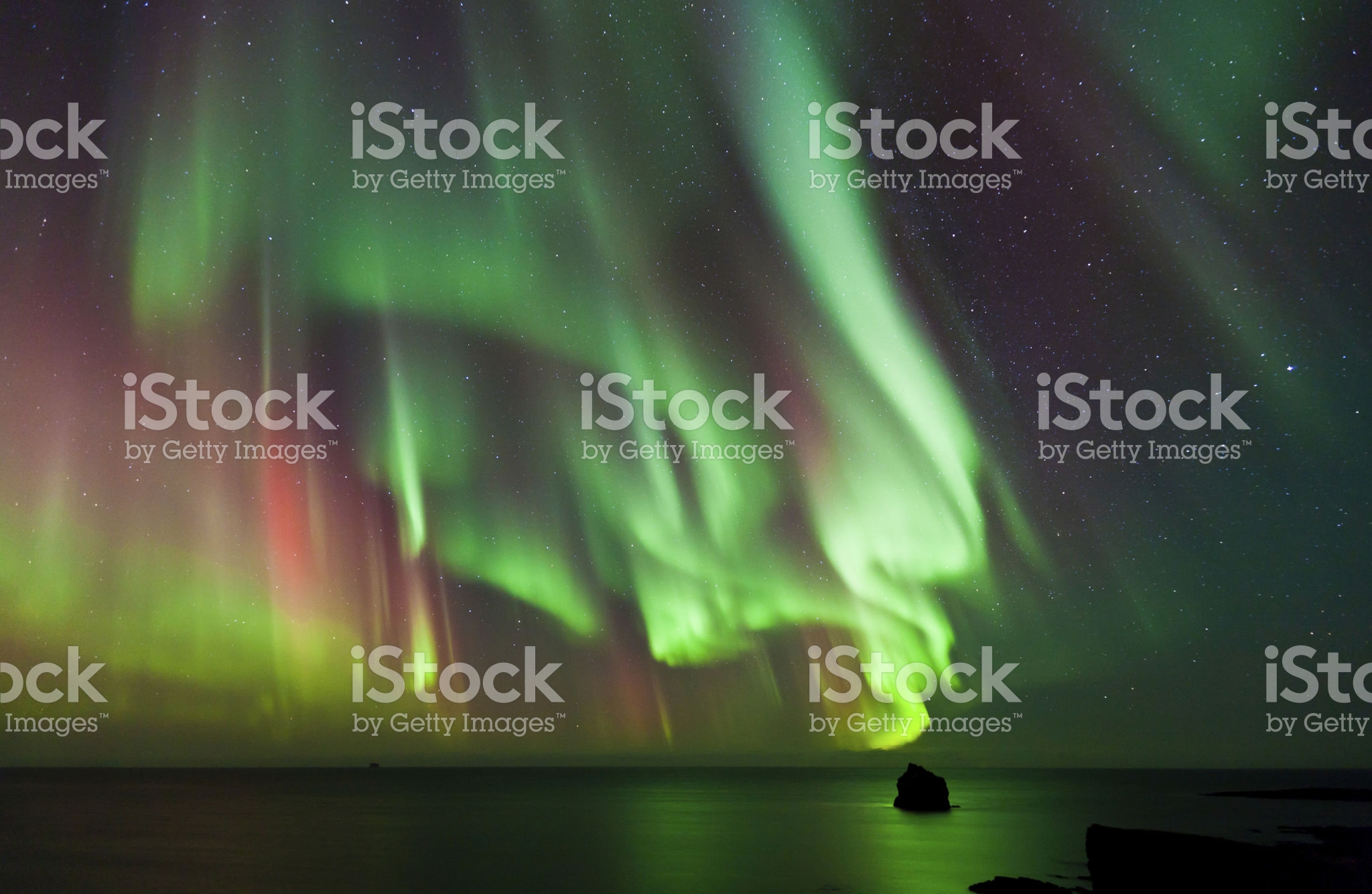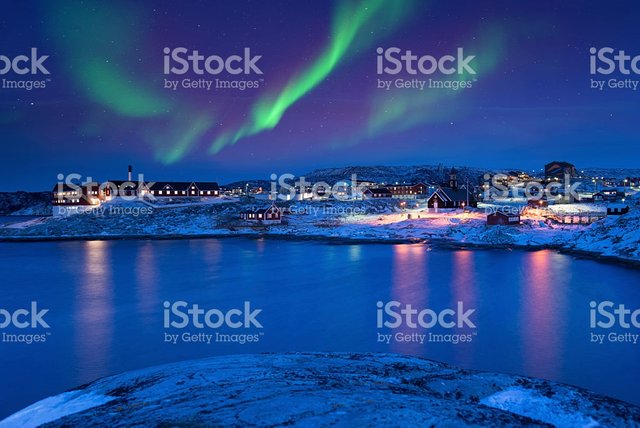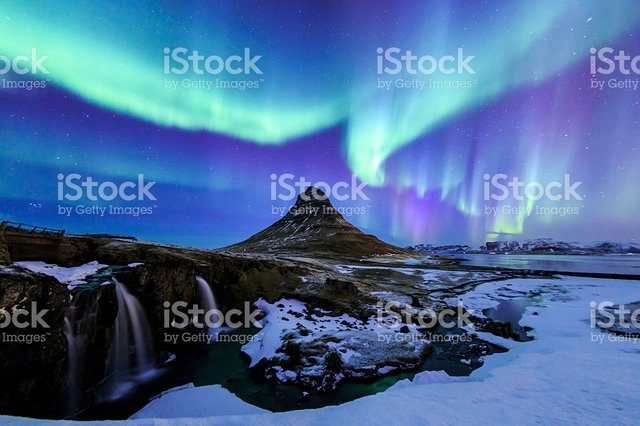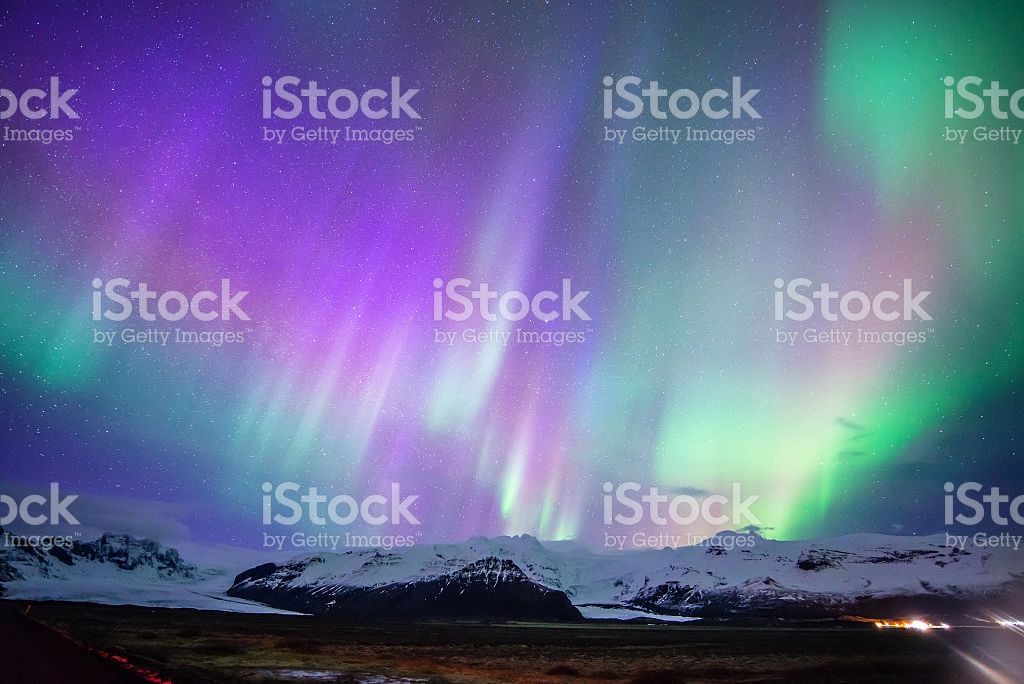the mystery of polar aurora
The Frozen North is known as a decent place for seeing the polar aurora, otherwise called "Aurora Borealis." Originally the marvel was named "Aurora Borealis," Latin for "northern day break," since in the lower 48 states or in mid-Europe it might show up (on the uncommon events when it does) as a shine on the northern skyline, as though the sun was ascending from the wrong heading. Be that as it may, the southern half of the globe has a similar wonder, with the gleam originating from the south, so researchers want to call it just the "Polar Aurora."
Most guests to Alaska never get the chance to see an aurora, since they come in the late spring, when skies are seldom sufficiently dull. Alaskans assert that lone around August 16 does the sky get sufficiently dull to see stars, which is when aurora emerges. After that date, your most logical option is to go to Fairbanks- - and since the brightest auroras happen around midnight (or later, because of Alaska's opportunity zone), you may need to remain up quite a while. Maybe it is better at that point to ask the night agent at your inn to ring you up if a decent show ends up plainly noticeable.
Appearance and connection to attraction
What does it resemble? Regularly, you see greenish white strips extending over the sky, generally from east to west, for the most part with waves in them. In Fairbanks they could be overhead, in northern Norway or Sweden as well, infrequently even in Winnipeg. Promote south those strips have a tendency to be close to the northern skyline. What's more, in the event that you take a gander at them, you will take note of that they contain numerous parallel beams, running over their width (see picture beneath).
Two things about those beams. One, the splendid ones blur while diminish ones light up rather - somewhat like blazes in a chimney, and similarly as hypnotizing. A few auroras are dark red, and these might be only an ill defined shine - or they may have beams, as well. What's more, second, the heading of those beams is identified with the attraction of the Earth.
Any individual who has ever utilized a compass realizes that the Earth is a monster magnet. The needle of the compass more often than not focuses towards one of two focuses, the attractive shafts of the Earth, situated close to the geographic posts. But since the compass needle is mounted on a level plane, it doesn't indicate everything. All things considered, the attractive power focuses northward as well as inclinations down into the Earth. Compass needles painstakingly adjusted on an even pivot ("plunge needles") point in that inclining heading, when permitted to swing in a north-south vertical plane. Actually, the edge gets more extreme the nearer one gets to the attractive post. At the shaft the power is vertical. The beams of the aurora reliably take after that inclining bearing.
The Auroral Zone
That was one piece of information that the aurora was identified with the Earth's attraction. The other piece of information was found by watching how regularly aurora was seen in different areas. It worked out that the imperative factor was remove from the attractive shaft. That shaft is isolated from the geographic post, denoting the Earth's pivot hub, and at present it is in the Arctic Ocean, only north of Canadian soil. The reality it is uprooted towards America implies Americans don't need to go as far north to consider aurora to be do, say, occupants of Siberia, on the opposite side of the globe. Areas around 1500 miles from the attractive shaft are the place aurora is seen most much of the time: encourage away or closer to the attractive post, they get more uncommon (they are very uncommon at the attractive post itself). Fairbanks, Alaska, at the edge of the "auroral zone, " mentions a decent objective fact post.
What you for the most part observe there are those peaceful draperies and strips. Yet, not generally. At a few times they change shape quickly, propel, withdraw or swell out in a fierce manner, and they likewise get very splendid. Researchers call such a dynamic, vicious upheaval an "auroral substorm, " satellites still investigation the arrival of vitality, far in space, which causes it. On the off chance that you are fortunate you may likewise observe a "crown"- - a burst of beams emanating every which way. That is a caused by point of view - like the beams of the sun setting behind a cloud- - and it implies it the beams of the aurora are arriving right overhead.
Is the polar aurora uncommon? Relies upon where you are! In the event that your house is in Fairbanks, or in Tromso, Norway, or Fort Churchill, Canada- - not under any condition. You won't see it each night, yet it is available often enough. In Washington D.C., or London, or Beijing, be that as it may, it is an uncommon occasion, seen just when the Sun makes "stormy conditions." On such events - particularly close to the pinnacle of the 11-year sunspot cycle- - the Sun conveys a thick billow of hot gas, whose landing irritates the Earth's attractive condition and delivers an alleged "attractive tempest" (more points of interest, encourage underneath).
Attractive tempests grow the auroral zone to areas more far off from the attractive post -, for example, Washington, London or Beijing- - and furthermore make splendid auroras. On the off chance that this occurs on a starry evening, occupants in those urban areas can see an aurora, yet it is an uncommon treat for them. On the privilege is a satellite picture of an aurora stretching out to the "lower 48 states" of the US (note Florida, plot by its city lights). Soon thereafter, in March 1989, the aurora really spread substantially facilitate southward, however no satellite was in position to photo it at that point. The following picture beneath is of a 2001 aurora seen in Purcellville, Virginia.
Manufactured auroras
All the above is only a short and shallow diagram of the investigation of the polar aurora- - and I won't attempt address the legend and writing. Give me a chance to finish up with two to some degree intriguing perspectives - simulated auroras and auroras on different planets.
Auroras, as was stated, are caused by light emissions hitting the high environment. Anyway, on the off chance that we mount an electron firearm on the space carry or on some other rocket, and point it down- - would we be able to make aurora?
On a fundamental level, truly, yet by and by it is difficult to coordinate Mother Nature. Keep in mind, all auroras shows are no less than 60 miles over our heads. It takes a considerable measure of energy to make a gleam unmistakable at that separation - particularly, one as vast as an auroral circular segment!. Investigations have been done - strikingly, the French-Soviet "Arkad" test above northern Russia (additionally some by the US), and spots of light were distinguished, yet it took touchy instruments to see them.
In any case, other more intense ways additionally exist--, for example, detonating an atomic bomb over the air, since a bomb produces extraordinary quantities of quick electrons. Such blasts were proposed by an unpredictable Greek researcher named Nicholas Christofilos. He began as a designer outlining lift frameworks, however his genuine intrigue lay in attractive fields and in the movement of particles and electrons in them. His advantage drove him to find an essential thought in the outline of quickening agents for atomic research, known as "solid centering." He kept in touch with Columbia University in the US, portraying what he did, however researchers there did not give careful consideration to the thoughts of a lift design in Athens. They sent an amiable answer and dropped the thought. A couple of years after the fact, a Russian concocted a comparative idea.
Be that as it may, the US Air Force recollected Christofilos and welcomed him to this nation. Since he was occupied with the catching of particles, Christofilos proposed making a counterfeit radiation belt around Earth, by detonating a little atomic bomb over the environment.
Nobody associated the presence with a lasting regular radiation belt, yet some little atomic bombs had been detonated by the US Air Force high in the environment, close Hawaii. They made sparkles in the sky with the shades of the aurora, and individuals in Honolulu oohd and aahd over them- - I have a diminish memory that "Life" even ran a photo. So Christophilos arranged his bombs (to be flown on a rocket), while Russia arranged its Sputnik and Van Allen prepared for Explorers 1 and 3.
Sputnik was propelled in October 1957, Explorer 1 was propelled on the most recent day of January 1958, the newfound radiation belt was depicted that May, and the 3 bombs of "Undertaking Argus" were detonated in August and September 1958, over an unfilled extend of the South Atlantic. No perception broke the mystery of the task, and no daily paper told about it at the time. Be that as it may, the bomb's electrons were guided by their attractive field lines to their opposite end, close to the Azores Islands, and delivered a splendid aurora which was seen by onlookers on board dispatches purposely positioned there. The "manufactured radiation belts" from the bombs kept going around 2 weeks and were checked by Explorer 4, worked by Van Allen for that reason.
After four years the US Air Force chose to rehash the analysis on a stupendous scale west of Hawaii, utilizing a nuclear bomb, around 1000 times all the more capable. This time the auroral electrons were guided towards Samoa- - near the equator, in a locale where auroras had never been seen. Be that as it may, the blast was excessively near the equator, in an area where catching was considerably more productive. The radiation belt stayed nearby for quite a long time, not weeks, and immediately demolished 3 satellites (counting a British logical satellite NASA had recently benevolently propelled), by corrupting their sun oriented boards and denying them of energy. The Soviet Union additionally detonated H-bombs in space, however the next year brought the universal test boycott and every single such test finished.
Howdy partner, I'm @photocurator, a curation bot; I keep an eye on the photo feeds, I vote random photos of my followers and at the end of the day I publish a post with links to the best photos. Follow @photocurator to get your photos curated in the future!